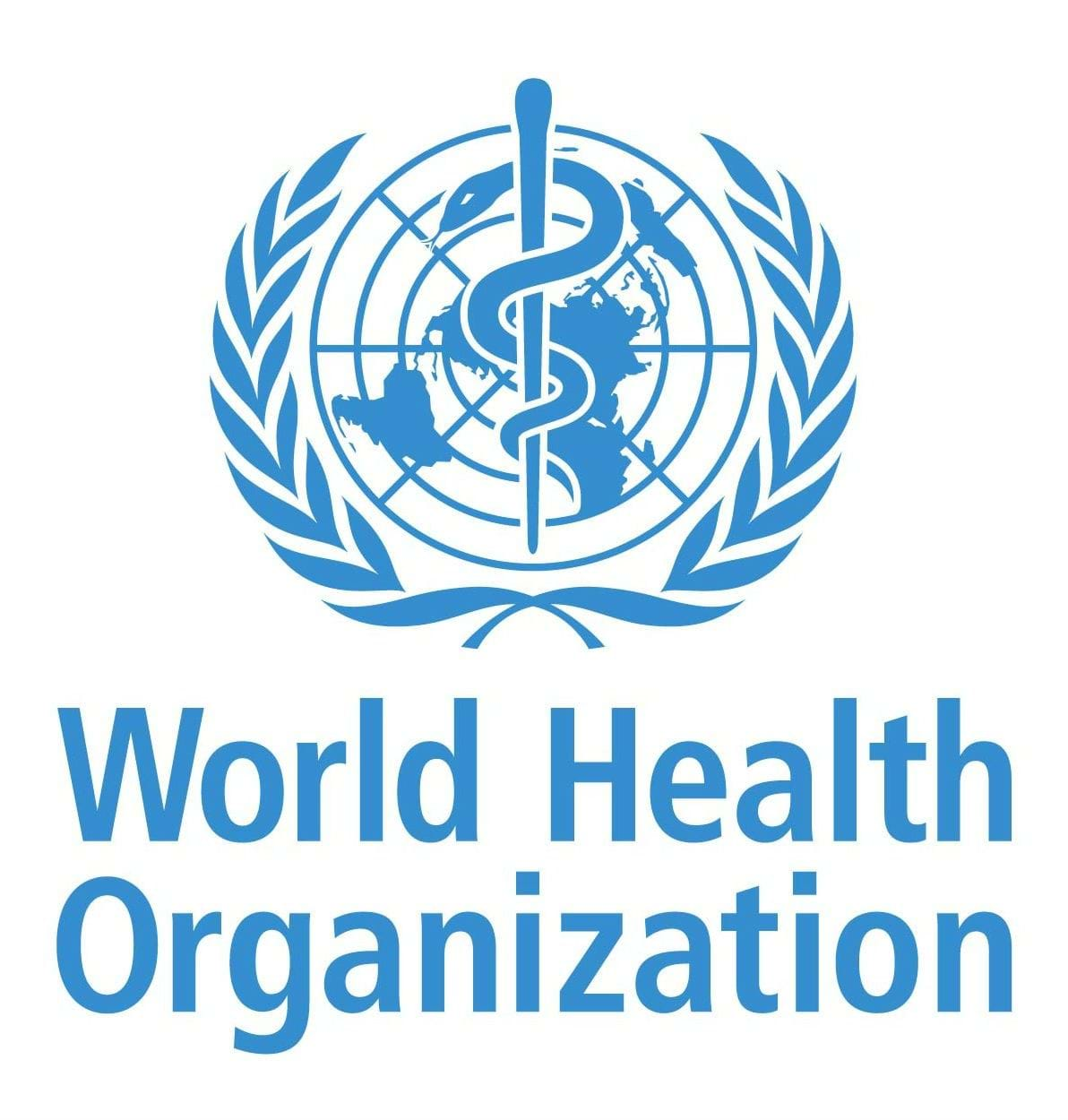A critical pathway to reducing maternal, newborn and child mortality
By Etienne V Langlois, Giulia Gasparri, Flavia Bustreo, Rajat Khosla

Overview
Governments are not on track to achieve the sustainable development goals (SDGs) targets pertaining to maternal, newborn and child mortality. Progress towards these targets has stalled or slowed down since 2015 and in some places, mortality rates have even worsened. Yet, the importance of prioritizing investments in maternal, newborn and child health to advance human welfare is well documented. The new findings of the Lancet Commission on Investing in Health further reinforce this priority.
The commission proposes the 50-by-50 goal: by 2050, the probability of premature deaths (defined as dying before the age of 70 years) to be reduced by 50%. To achieve this goal, improved investments are required in 15 priority conditions. Eight of these conditions pertain to maternal, newborn and child health. These comprise neonatal conditions (such as preterm birth complications and birth asphyxia) as well as lower respiratory tract infections, diarrheal diseases, human immunodeficiency virus, tuberculosis, malaria, whooping cough, diphtheria, measles, tetanus and maternal conditions.

.png?sfvrsn=6d0e27cd_1)



